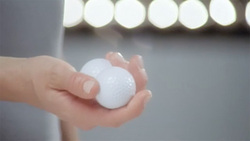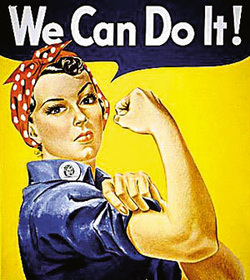STEREOTYPES
Gender stereotypes are beliefs about sex linked roles and traits, psychological characteristics, and behaviors describing men and women (Zotos, Y., Plakoyiannaki, E., Mathioudaki, K., & Dimitratos, P., pg 102). Women are usually stereotyped in four different categories in advertising which are: Traditional roles (dependent and housewives), non-traditional roles (non-traditional activities, career oriented women and voices of authority), women in decorative roles (concerned with physical attractiveness and sex objects), and lastly women in neutral roles (portrayed as equal to men) (Zotos, Y., Plakoyiannaki, E., Mathioudaki, K., & Dimitratos, P., pg 103). It is unusual to see a woman in a high-level professional role, and when shown in the same type of advertisement as men they are usually associated with a subordinate or supportive role (Zotos, Y., Plakoyiannaki, E., Mathioudaki, K., & Dimitratos, P., pg 103). These depictions of women (especially in the decorative role) can have a very negative impression on women as many of the ads shown are of altered and airbrush pictures, creating a “false” sense of beauty.
A RECENTLY RELEASED AD THAT MOST WOULD CONSIDER OFFENSIVE TO WOMEN


Despite the fact that there are still ads in the media that stereotype women there are signs of improvement. In a study using 299 advertisements from four of the top ten circulated magazines in 2005, more than half used the “ambiguous you” in their ad (Robinson, B., & Hunter, E., pg. 11). By doing this they are not attaching a gender to a product, rather, they are letting the viewer interpret it however they want.
As a society we are still far away from equality in the media. Women are still being used as “sex objects” and “housewives” in advertisements which is just perpetuating the stereotypes. Unfortunately, as long as the images presented by the media sells it is not likely companies will stop using stereotypical and sexist depictions of women.
As a society we are still far away from equality in the media. Women are still being used as “sex objects” and “housewives” in advertisements which is just perpetuating the stereotypes. Unfortunately, as long as the images presented by the media sells it is not likely companies will stop using stereotypical and sexist depictions of women.
